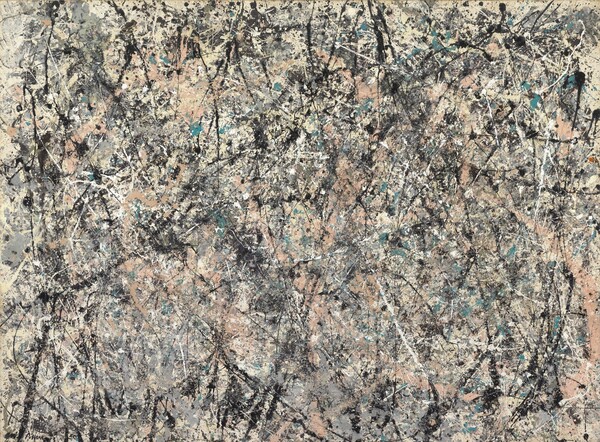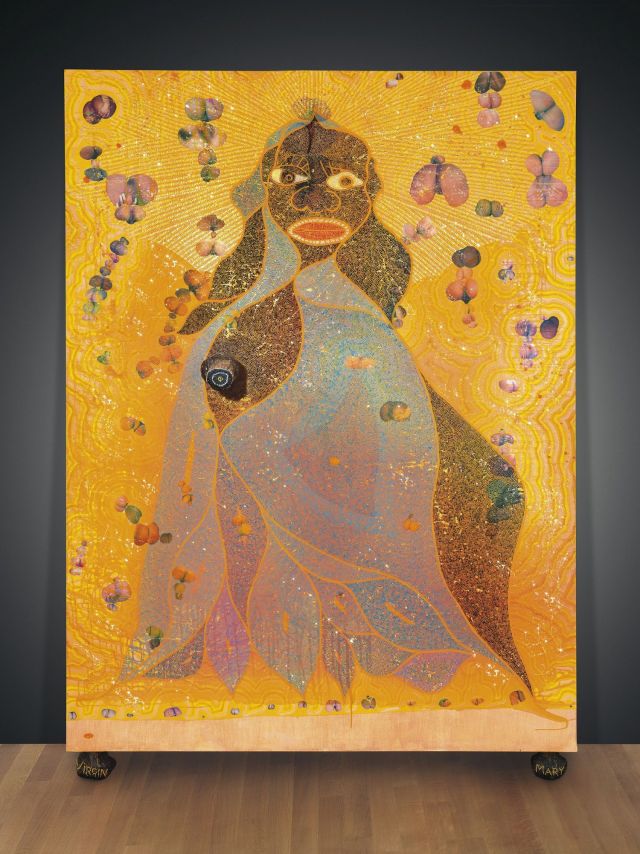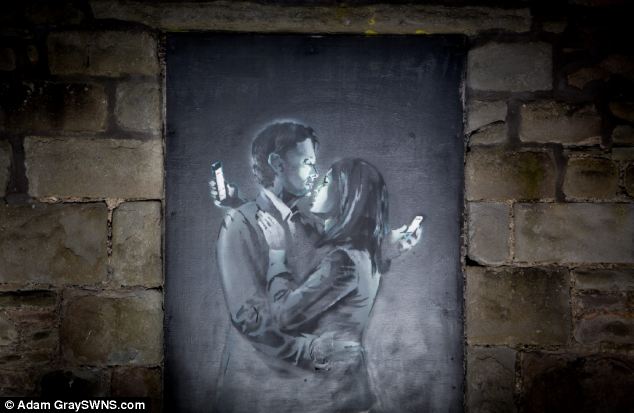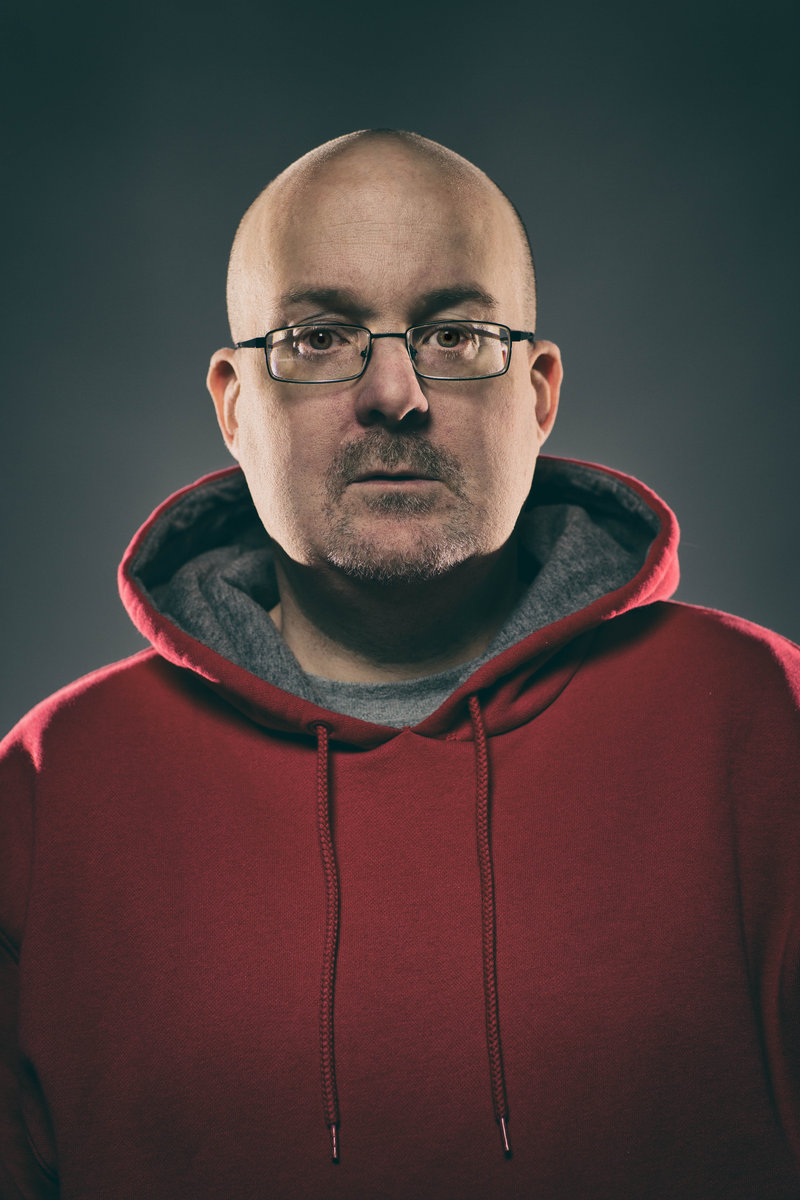
When looking at the history of art and art ownership, it is evident that art has commonly been created by artists from lower classes specifically for the use of society’s wealthy, powerful figures. Although an artist would create their art and be compensated for it, the message of the art piece and the way it would be used belonged to the powerful individuals who purchased it from artists and displayed it in prominent locations from grand palaces to museums.
This trend in the art world would continue to occur until some artists would begin to take control and ownership of the message and usage of their art in the abstract expressionist movement of the 1940s and 1960s in the Western World. Artists like Jackson Pollock, Willem de Kooning, and Mark Rothko, began to create artwork that depicted their emotions or that depicted nothing in particular so that the interpretation and message could be left up to the viewer. Most of these abstract artists intentionally gave up financially stable personal lives for the purpose of creating artwork that they had ownership over and that could belong to the masses. Some artists that had worked for the US WPA Federal Art Project, like Jackson Pollock, felt compelled to give up their livelihoods and financial stability to atone for what they believed was complicity in a crime to create art that would go on to cause nationalism and division in the US which would lead to WWII and the loss of thousands of lives. By refusing to work for commission and by creating artwork on their own terms, these artists felt that they could make up for having been part of a government scheme where their artwork was essentially used as a political weapon to send a message of nationalistic unity for US citizens which would eventually lead to war.
It’s no wonder why these abstract artists began producing modern pieces that would become highly criticized and looked down upon for their abnormal and informal look as opposed to past works from other art movements in history. The above piece by Jackson Pollock is a prime example of this informal, unstructured style that these artists undertook to create from the 1940s to the 1960s as a backlash to established art rules and social expectations. Despite the criticism against these artists for the works they created during this time, many of their pieces would go on to be featured in international exhibitions hosted by the Museum of Modern Art.
Many art scholars and historians have questioned the purpose behind MOMA’s exhibitions which featured these abstract works in international exhibitions when they were so controversial and unpopular in the United States. The theory that these pieces were used as a political weapon during the Cold War against the Soviet Union came into being after artist and scholar Eva Cockcroft wrote an article exploring MOMA’s involvement with abstract expressionism during the Cold War years. It becomes clear by tracking historical events and finding political ties between MOMA and the CIA during that period that Cockcroft’s theory wasn’t far-fetched or crazy. The US clearly had a vested political interest in wanting to present their capitalistic structure as better than the Soviet communist structure to the world during the Cold War years. Clearly, being supportive of dissenting artists and an abnormal art movement seemed the perfect way for the US to get the upper hand and present as a country that valued and protected freedom and individualism over a country that censored and oppressed these values.
If this theory is true, and powerful, influential government officials and museum leaders used the artwork from these abstract artists as a weapon against the Soviet Union in the Cold War, much like they weaponized the earlier artwork of these same artists in the pre-WWII period as a tool to promote nationalism, the question arises as to whether the autonomy and control of these artists over the purpose of their art was violated. In an artistic movement that attempted to take the control over the use of art away from powerful social figures, it seems a crime against the artists and the message they tried to promote, to use their art pieces in a way that manipulated the very expressions of individualism and dissent from established political and social structures for selfish political government purposes. It’s even more of a crime to use these abstract art pieces as weapons in an arsenal for a world war when the very purpose and message of these pieces intended by their creators was to distance themselves from their previous art pieces that had already led to a world war.








Abstract art has emerged and flourished since WWII, and per article stated are sometimes seen as political weapons. In cold war the art works were further weaponized as a symbol of the US supporting freedom and creativity. In my opinion it is also a violation of actual freedom, as the abstract art pieces are mostly not intend to convey such messages. Such manipulation of their artwork contradicts the very essence of their pursuit of artistic freedom and dissent from established political and social structures.